SNOSDF0 May 2024 TLV4H290-SEP , TLV4H390-SEP
ADVANCE INFORMATION
- 1
- 1 Features
- 2 Applications
- 3 Description
- 4 Pin Configuration and Functions
- 5 Specifications
- 6 Detailed Description
-
7 Application and Implementation
- 7.1 Application Information
- 7.2 Typical Applications
- 7.3 Power Supply Recommendations
- 7.4 Layout
- 8 Device and Documentation Support
- 9 Revision History
- 10Mechanical, Packaging, and Orderable Information
5.7 Typical Characteristics
TA = 25°C, VS = 5V, RPULLUP = 2.5k, CL = 15pF, VCM = 0V, VUNDERDRIVE = 100mV, VOVERDRIVE = 100mV unless otherwise noted.
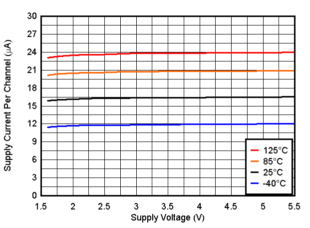 Figure 5-1 Supply Current vs. Supply Voltage
Figure 5-1 Supply Current vs. Supply Voltage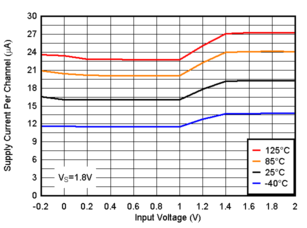 Figure 5-3 Supply Current vs. Input Voltage, 1.8V
Figure 5-3 Supply Current vs. Input Voltage, 1.8V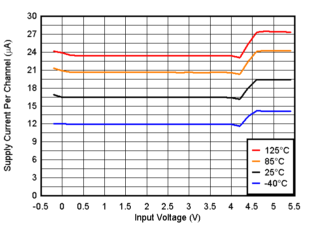 Figure 5-5 Supply Current vs. Input Voltage, 5V
Figure 5-5 Supply Current vs. Input Voltage, 5V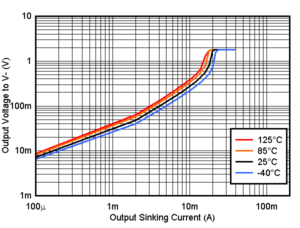 Figure 5-7 Output Sinking Current vs. Output Voltage, 1.8V
Figure 5-7 Output Sinking Current vs. Output Voltage, 1.8V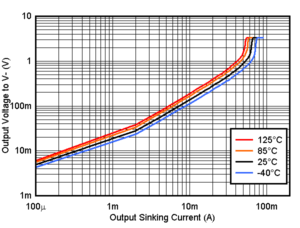 Figure 5-9 Output Sinking Current vs. Output Voltage, 3.3V
Figure 5-9 Output Sinking Current vs. Output Voltage, 3.3V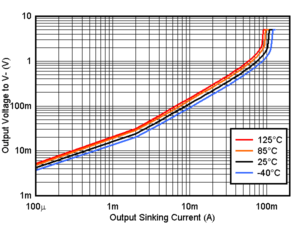 Figure 5-11 Output Sinking Current vs. Output Voltage, 5V
Figure 5-11 Output Sinking Current vs. Output Voltage, 5V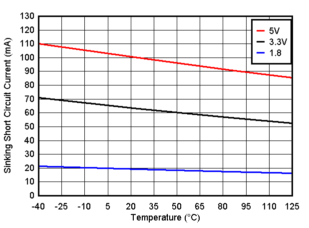 Figure 5-13 Sinking Short Circuit Current vs. Temperature
Figure 5-13 Sinking Short Circuit Current vs. Temperature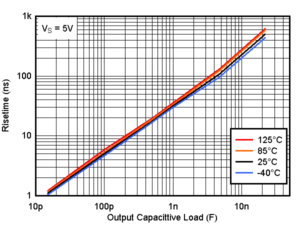 Figure 5-15 Risetime vs. Capacitive Load
Figure 5-15 Risetime vs. Capacitive Load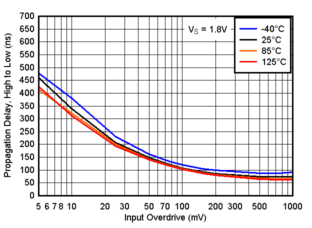 Figure 5-17 Propagation Delay, High to Low, 1.8V
Figure 5-17 Propagation Delay, High to Low, 1.8V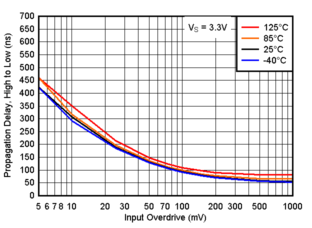 Figure 5-19 Propagation Delay, High to Low, 3.3V
Figure 5-19 Propagation Delay, High to Low, 3.3V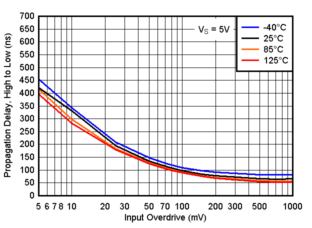 Figure 5-21 Propagation Delay, High to Low, 5V
Figure 5-21 Propagation Delay, High to Low, 5V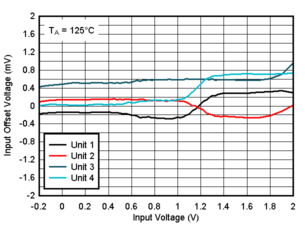 Figure 5-23 Offset Voltage vs. Input Votlage at 125°C, 1.8V
Figure 5-23 Offset Voltage vs. Input Votlage at 125°C, 1.8V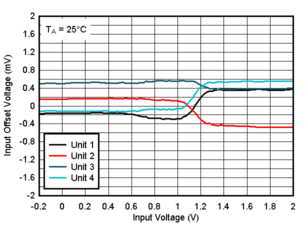 Figure 5-25 Offset Voltage vs. Input Votlage at 25°C, 1.8V
Figure 5-25 Offset Voltage vs. Input Votlage at 25°C, 1.8V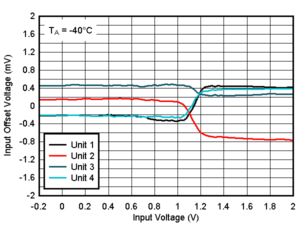 Figure 5-27 Offset Voltage vs. Input Votlage at -40°C, 1.8V
Figure 5-27 Offset Voltage vs. Input Votlage at -40°C, 1.8V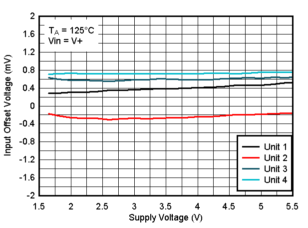 Figure 5-29 Offset Voltage vs. Supply Voltage at 125°C, VIN=V+
Figure 5-29 Offset Voltage vs. Supply Voltage at 125°C, VIN=V+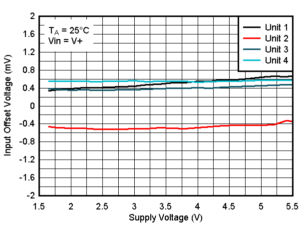 Figure 5-31 Offset Voltage vs. Supply Voltage at 25°C, VIN=V+
Figure 5-31 Offset Voltage vs. Supply Voltage at 25°C, VIN=V+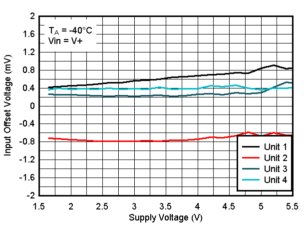 Figure 5-33 Offset Voltage vs. Supply Voltage at -40°C, VIN=V+
Figure 5-33 Offset Voltage vs. Supply Voltage at -40°C, VIN=V+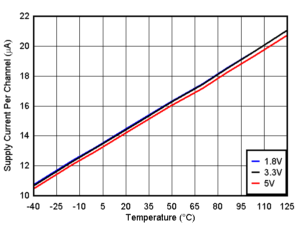 Figure 5-2 Supply Current vs. Temperature
Figure 5-2 Supply Current vs. Temperature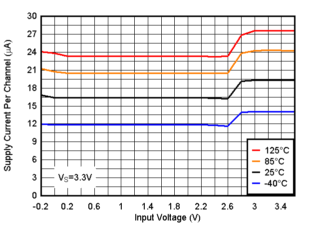 Figure 5-4 Supply Current vs. Input Voltage, 3.3V
Figure 5-4 Supply Current vs. Input Voltage, 3.3V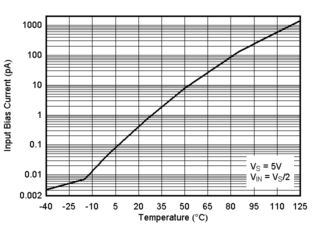 Figure 5-6 Input Bias Current vs. Temperature
Figure 5-6 Input Bias Current vs. Temperature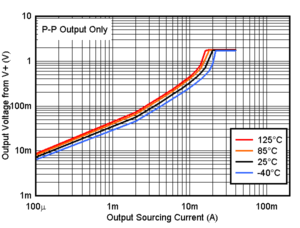 Figure 5-8 Output Sourcing Current vs. Output Voltage, 1.8V
Figure 5-8 Output Sourcing Current vs. Output Voltage, 1.8V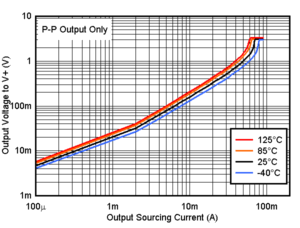 Figure 5-10 Output Sourcing Current vs. Output Voltage, 3.3V
Figure 5-10 Output Sourcing Current vs. Output Voltage, 3.3V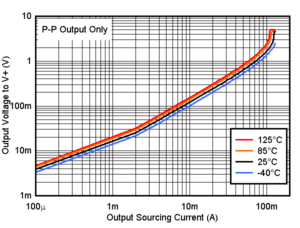 Figure 5-12 Output Sourcing Current vs. Output Voltage, 5V
Figure 5-12 Output Sourcing Current vs. Output Voltage, 5V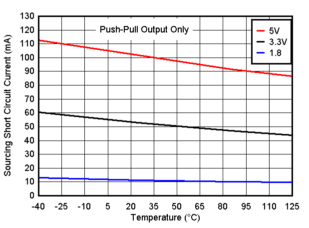 Figure 5-14 Sourcing Short Circuit Current vs. Temperature
Figure 5-14 Sourcing Short Circuit Current vs. Temperature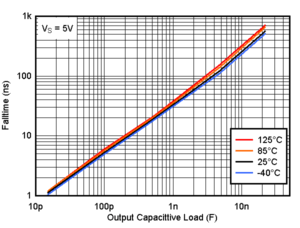 Figure 5-16 Falltime vs. Capacitive Load
Figure 5-16 Falltime vs. Capacitive Load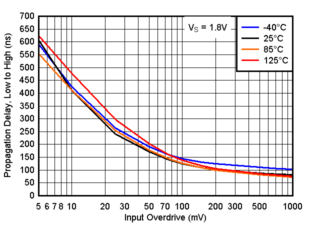 Figure 5-18 Propagation Delay, Low to High, 1.8V
Figure 5-18 Propagation Delay, Low to High, 1.8V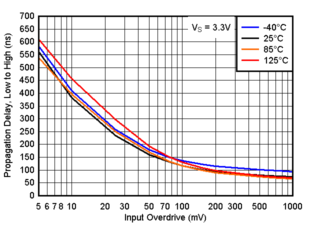 Figure 5-20 Propagation Delay, Low to High, 3.3V
Figure 5-20 Propagation Delay, Low to High, 3.3V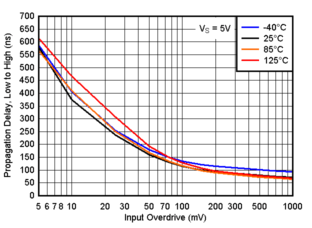 Figure 5-22 Propagation Delay, Low to High, 5V
Figure 5-22 Propagation Delay, Low to High, 5V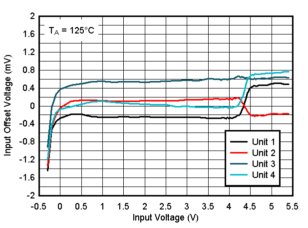 Figure 5-24 Offset Voltage vs. Input Votlage at 125°C, 5V
Figure 5-24 Offset Voltage vs. Input Votlage at 125°C, 5V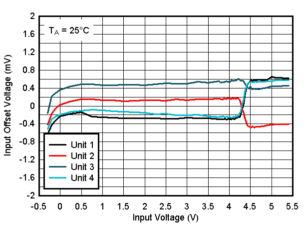 Figure 5-26 Offset Voltage vs. Input Votlage at 25°C, 5V
Figure 5-26 Offset Voltage vs. Input Votlage at 25°C, 5V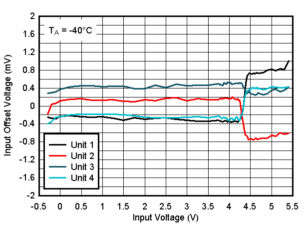 Figure 5-28 Offset Voltage vs. Input Votlage at -40°C, 5V
Figure 5-28 Offset Voltage vs. Input Votlage at -40°C, 5V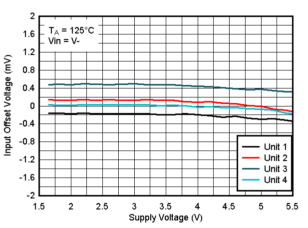 Figure 5-30 Offset Voltage vs. Supply Voltage at 125°C, VIN=V-
Figure 5-30 Offset Voltage vs. Supply Voltage at 125°C, VIN=V-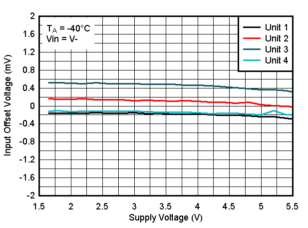 Figure 5-32 Offset Voltage vs. Supply Voltage at 25°C, VIN=V-
Figure 5-32 Offset Voltage vs. Supply Voltage at 25°C, VIN=V-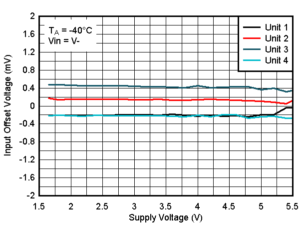 Figure 5-34 Offset Voltage vs. Supply Voltage at -40°C, VIN=V-
Figure 5-34 Offset Voltage vs. Supply Voltage at -40°C, VIN=V-